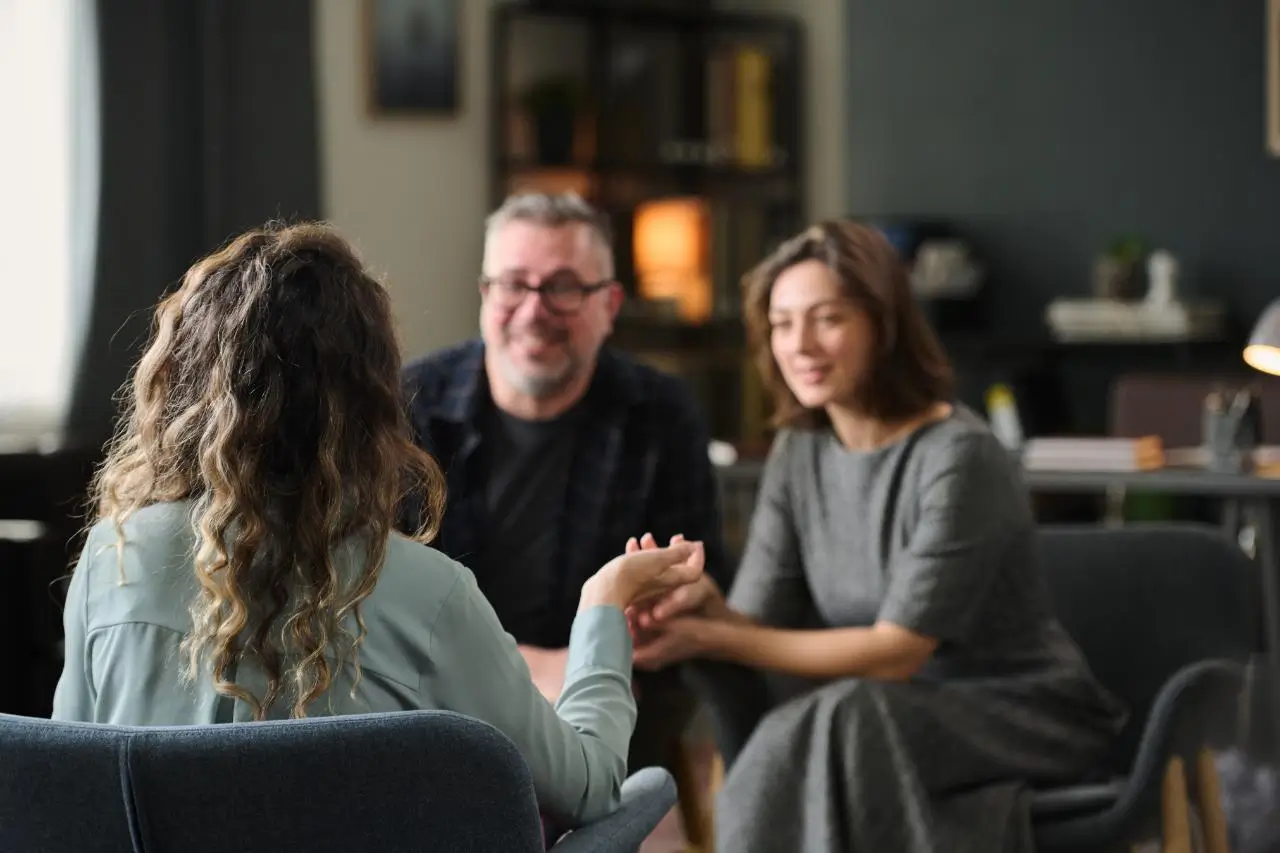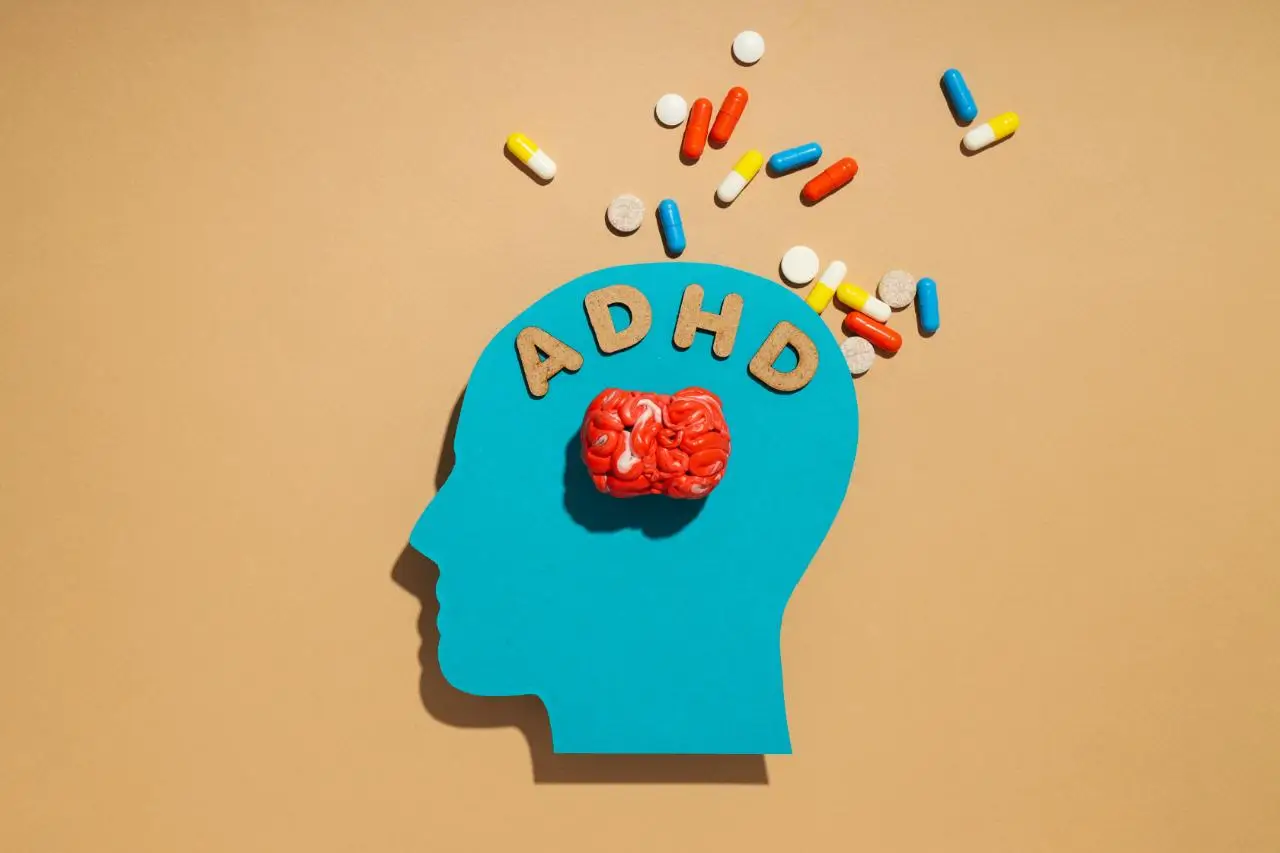CBT – Cognitive Behavioral Therapy
Cognitive Behavioral Therapy, or CBT, is a powerful tool in the world of mental health. It’s a form of therapy that’s been proven effective for a range of conditions.
But what exactly is CBT? How does it work, and what techniques does it employ?
These are questions that many people, from patients to therapists, often ask.
In this article, we’ll delve into the world of Cognitive Behavioral Therapy. We’ll explore its principles, techniques, and its role in treating various mental health conditions.
Whether you’re a therapist seeking resources or an individual interested in self-help techniques, this guide is for you.
Join us as we unravel the intricacies of CBT and its potential to transform lives.
Understanding Cognitive Behavioral Therapy (CBT)
Cognitive Behavioral Therapy, often shortened to CBT, is a type of psychotherapy. It’s based on the idea that our thoughts, feelings, and behaviors are all interconnected.
In CBT, the focus is on identifying and challenging negative thought patterns. The goal is to change these patterns and, in turn, change the way we feel and behave.
CBT is a solution-focused approach. It’s about dealing with current problems, rather than delving into past issues.
Here are some key aspects of CBT:
- It’s evidence-based: CBT is backed by extensive research and is proven to be effective for a variety of mental health conditions.
- It’s structured: CBT sessions follow a specific structure, with clear goals set for each session.
- It’s collaborative: The therapist and client work together in CBT. The client plays an active role in their own treatment.
CBT is not a one-size-fits-all approach. It can be tailored to suit the individual’s needs, making it a versatile tool in mental health treatment.
The Principles of CBT
CBT is based on several key principles. The first is that our thoughts, feelings, and behaviors are all interconnected. This means that changing one can impact the others.
The second principle is that we can learn to identify and challenge our negative thought patterns. By doing this, we can change our feelings and behaviors.
The third principle is that CBT is a collaborative process. The therapist and client work together to identify issues and develop strategies for change.
The fourth principle is that CBT is a structured therapy. Each session has a specific goal, and progress is measured throughout the treatment.
Finally, CBT is a solution-focused approach. It’s about dealing with current problems and developing skills for the future, rather than focusing on past issues.
Common CBT Techniques and How They Work
CBT uses a variety of techniques to help individuals manage their thoughts, feelings, and behaviors. These techniques are based on the principles of CBT and are tailored to the individual’s specific needs.
One common technique is cognitive restructuring. This involves identifying and challenging negative thought patterns. The goal is to replace these with more positive and realistic thoughts.
Another technique is behavioral activation. This involves encouraging individuals to engage in activities that they enjoy or find rewarding. The aim is to increase positive feelings and reduce negative ones.
Skill training is also a key part of CBT. This can involve teaching individuals strategies for managing stress, improving communication, or dealing with difficult emotions.
Here are some common CBT techniques:
- Cognitive restructuring: Identifying and challenging negative thought patterns.
- Behavioral activation: Encouraging engagement in enjoyable or rewarding activities.
- Skill training: Teaching strategies for managing stress, improving communication, or dealing with difficult emotions.
- Exposure therapy: Gradually facing fears or anxieties in a safe and controlled way.
- Problem-solving: Developing effective strategies for dealing with problems or challenges.
Each of these techniques plays a crucial role in helping individuals manage their thoughts, feelings, and behaviors. They provide the tools needed to make positive changes and improve overall well-being.
CBT for Different Mental Health Conditions
CBT is a versatile therapy. It can be used to treat a wide range of mental health conditions. These include depression, anxiety, and post-traumatic stress disorder (PTSD).
Depression often involves negative thought patterns. CBT can help individuals challenge these thoughts and replace them with more positive ones.
Anxiety can be managed through CBT techniques such as exposure therapy. This involves gradually facing fears in a safe and controlled way.
For PTSD, CBT can help individuals process traumatic experiences. It can teach them coping skills to manage symptoms and improve their quality of life.
The Structure of a CBT Session
A CBT session typically begins with a check-in. The therapist and client discuss the client’s week and any issues that have arisen.
Next, they review the homework from the previous session. This helps reinforce learning and apply CBT techniques in real-life situations.
The main part of the session is dedicated to working on specific goals. The therapist and client use CBT techniques to address the client’s concerns.
The session ends with a summary of what was covered. The therapist assigns new homework for the client to practice before the next session.
The Role of Homework in CBT
Homework is a key component of CBT. It allows clients to practice the skills they learn in therapy in their daily lives.
Assignments may include tracking thoughts and feelings, practicing relaxation techniques, or confronting feared situations. The goal is to reinforce the work done in therapy sessions.
Homework helps clients gain a deeper understanding of their thought patterns and behaviors. It also helps them see how the techniques they learn can be applied to real-life situations.
The therapist reviews the homework in the next session. This provides an opportunity to discuss any challenges and celebrate successes.
Measuring Progress and Success in CBT
Progress in CBT is measured through regular assessments. These assessments help track changes in thoughts, feelings, and behaviors over time.
Therapists use various tools for this purpose. These may include questionnaires, self-reports, or behavioral observations.
The goal is to evaluate the effectiveness of the therapy. It helps determine whether the client is moving towards their therapeutic goals.
Regular assessments also allow for adjustments in the treatment plan. If progress is slow, the therapist may modify the approach or introduce new techniques.
Self-Help Strategies: Applying CBT Techniques on Your Own
CBT techniques can also be practiced outside the therapy room. Self-help strategies can reinforce the work done in sessions.
Some common self-help CBT techniques include:
- Journaling to identify and challenge negative thoughts
- Practicing mindfulness to stay present and reduce anxiety
- Using relaxation techniques to manage stress
- Setting realistic, achievable goals to boost self-esteem
Remember, self-help does not replace professional help. It’s a supplement to therapy, not a substitute. Always consult with a healthcare professional before starting any self-help regimen.
Finding a Qualified CBT Therapist
Finding a qualified CBT therapist is crucial for effective treatment. Look for therapists who are licensed and have specific training in CBT.
You can find CBT therapists through professional directories. Many mental health organizations provide these resources online.
When choosing a therapist, consider their experience and areas of specialization. It’s important to find someone who understands your specific needs.
Remember, a good therapeutic relationship is key to successful CBT. It’s okay to meet with a few therapists before you find the right fit.



















